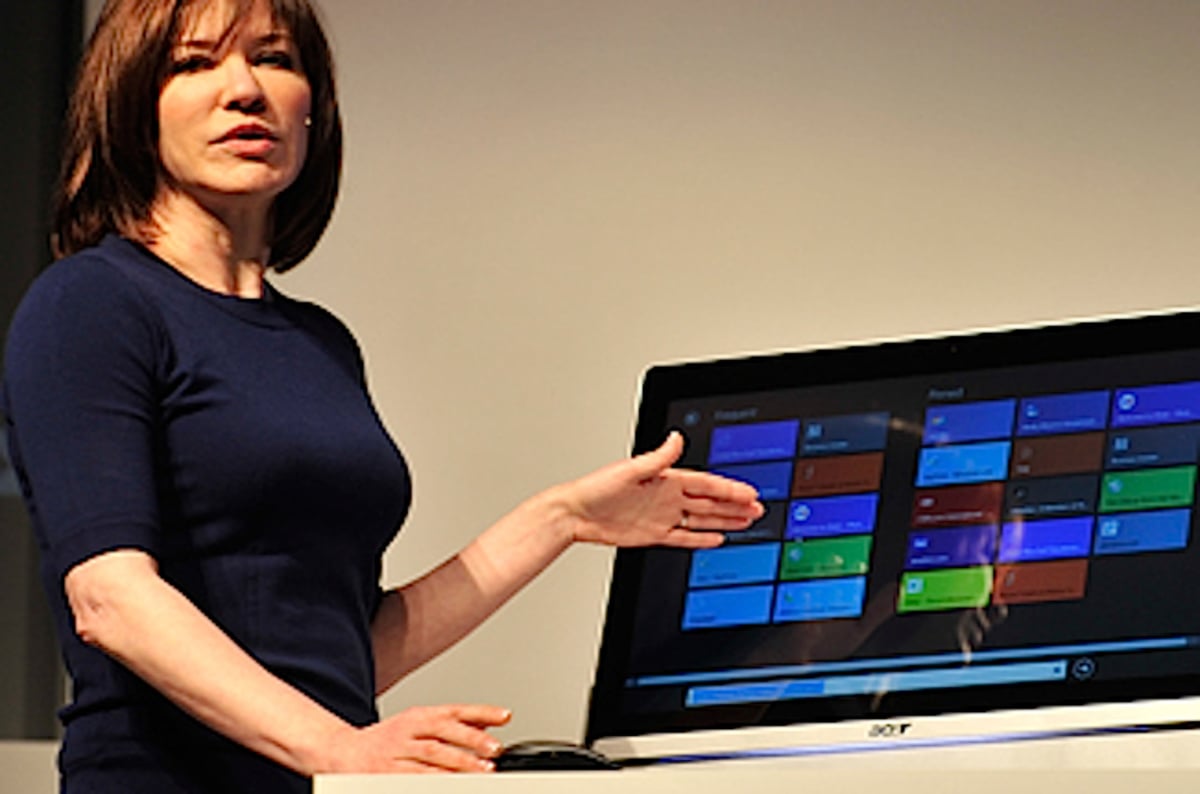
Windows 10 isn’t the saviour of the PC industry after all – and is beginning to look more like a Windows Vista than a Windows XP.
PC growth predictions have been revised down by IDC. A range of companies including HP Ink andNorthamber blame Windows 10 for flagging sales.
“We have not yet seen the anticipated Win10 stimulation of demand that we would hope for,” HP Ink’s CEO Dion Weisler told analysts in January.
Windows Vista drove Microsoft’s marketing team to despair, because when they blind tested it on users around 18 months after launch (on hardware capable of running Vista well), the users liked what they saw. They couldn’t reconcile the positive experience of using Vista with Vista’s noxious reputation. This was the Mojave Experiment, unfairly derided at the time. The lesson from Mojave was that a reputation sticks.
But Vista’s reputation was forged after launch. Windows 10’s reputation was set in stone before it launched – and it’s entirely Microsoft’s fault.
What went wrong? Two things were unusual about this edition of Windows, and each alone could have posed issues for any big software company. One was a result of the new ethos of “Windows as a service,” meaning that the software wasn’t finished. But the user didn’t always perceive an exciting rollercoaster ride into the unknown: what they saw was quality control standards being flushed down the toilet.
The other, and I believe more damaging, factor was that all this was performed in public. Through the Insider programme, Windows 10 development turned into a giant user feedback experiment, and this is when the reputational harm was done.
The Windows 10 Insider Preview was an exercise in “democratic design,” with the hope that Microsoft would regain its reputation as a “listening company.” But it was the kind of democracy where a few people vote early and vote often. Windows Insider boss Gabe Aul treated the results of user feedback as if they were a referendum. However, 2015 was the year pollsters got it badly wrong, because their samples were not representative, and “user driven” design suddenly didn’t look so smart.
In reality, Windows 10 today is nothing like as bad as its reputation. As late as three weeks before launch it was unusable. The bundled Universal apps (which can be updated independently via the Store) have improved considerably. But it still isn’t that great either. What it lacks is a sense of coherence. What overwhelms Windows 10 is the designed-by-a-crowd confusion of styles and semantics.
Once a product has acquired a reputation, that sticks. Not too long after Mojave I conducted an experiment of my own: I remember running Vista on a Mac tower, with quad core Xeon processors and wondering what the fuss was about. In fact, I was so impressed with its performance and throughput, I knew there could be no going back. Vista was optimised for multicore processors, while XP was not. (How that happened is weird, I know: my first NT experience was running on DEC’s SMP Alpha workstations in 1993.) But as soon as you saw the difference, XP felt archaic.
But there’s no equivalent on offer to Windows 10 today, to fish it out of the water and put it into its natural environment. Hardware improvements have rescued Windows before. But if anything, the opposite is true. In my two Surface reviews (Surface Pro 4 and Surface Book), I lamented how the state-of-the-art hardware was inhibited by the software. Inexplicable pauses and wheezes are commonplace. Basic UI inconsistencies remain – a natural consequence of crowdsourcing your design ideas to other people.
Microsoft gets the opportunity to reboot its reputation with Redstone in the summer – that’s the codename for its next overhaul of Windows 10. It has some excellent designers – it should fire the crowd and let a small team bring some coherence back to the product. Microsoft is running out of chances to do so.
[Source:- Theregister]

